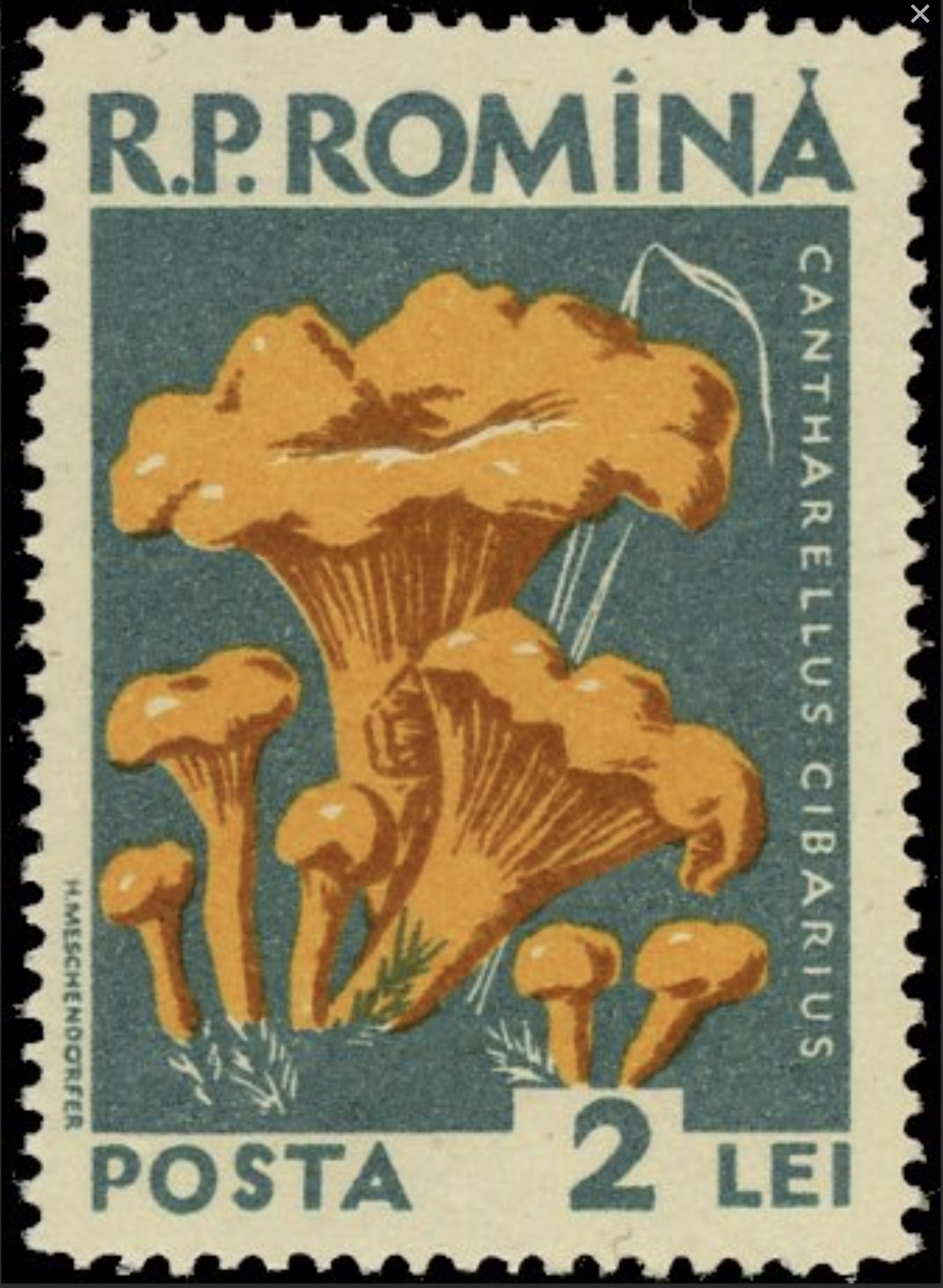Romania #1459 (1961) – Primrose (Primula minima)
$0.35
Romania #1459 (1961) – Primrose (Primula minima)
1 in stock
Description
Romania #1459 (1961) – Primrose (Primula minima)
The Primrose, scientifically known as Primula minima, is a small and delicate flowering plant belonging to the genus Primula. It is part of the family Primulaceae. Primroses are native to Europe and parts of Asia and are renowned for their early spring blooms and colorful flowers. Here are some key features and information about Primula minima:
-
Plant Characteristics:
- The Primula minima is a low-growing herbaceous plant that typically reaches heights of 4 to 8 inches (10 to 20 cm).
- It forms a basal rosette of leaves with short stems.
- The leaves are generally oval or lance-shaped, and they are often wrinkled or crinkled in appearance.
- The most distinctive feature of the Primrose is its delicate, five-petaled flowers.
-
Flowers:
- Primroses are known for their colorful and fragrant flowers. They come in various shades, including pale yellow, pink, purple, white, and sometimes even red.
- The flowers have a prominent yellow central eye, adding to their visual appeal.
- Primroses are among the early spring bloomers, often appearing as soon as late winter in some regions.
- The petals are rounded and can be either smooth-edged or slightly notched.
-
Habitat:
- Primula minima is typically found in woodland, meadow, and alpine habitats.
- They prefer well-draining, slightly acidic soils, and they thrive in partially shaded areas.
-
Cultivation:
- Primroses are popular garden and ornamental plants, and they are cultivated for their attractive flowers.
- They are often grown in woodland gardens, rock gardens, or as potted plants.
- Cultivation requirements include consistent moisture and protection from harsh sun and strong winds.
-
Wildlife Attraction:
- Primroses can attract pollinators, including bees, with their nectar-rich flowers.
-
Medicinal Uses:
- Historically, some primrose species were used in traditional herbal medicine for various purposes, including the treatment of skin conditions and respiratory ailments.
-
Conservation and Protection:
- Some Primula species, including certain variants of P. minima, are protected or endangered in some regions due to habitat loss and overcollection.
Primula minima, along with other primrose species, is beloved for its early spring blooms and gentle appearance. Whether found in the wild or cultivated in gardens, they bring a touch of color and charm to early-season landscapes, making them a favorite among gardeners and nature enthusiasts.
Ready to ship in 3-5 business days from United States (US)
Additional information
| Weight | 0.0149 lbs |
|---|---|
| Condition | |
| Country | |
| Scott Number | |
| Stamp Format | |
| Stamp Type | |
| Year of Issue |













